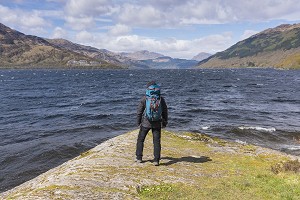
London gets a bad press in outdoor circles. Pancake flat, ridiculously far from meaningful hills, and as hard to escape as the event horizon of a black hole, few cities seem as ill matched to a walker's needs. Yet tens of thousands of keen outdoor fans call London home. Beneath the bustling facade it's a surprisingly green city, with plenty going for it for walkers. But when the urban charm starts to wear thin then it's time to run to the hills. Londoners are a busy lot, so with limited time to play with - and short of upping sticks for a new life on the Isle of Harris - how can you maximise your time up mountains? Here are a few ideas.
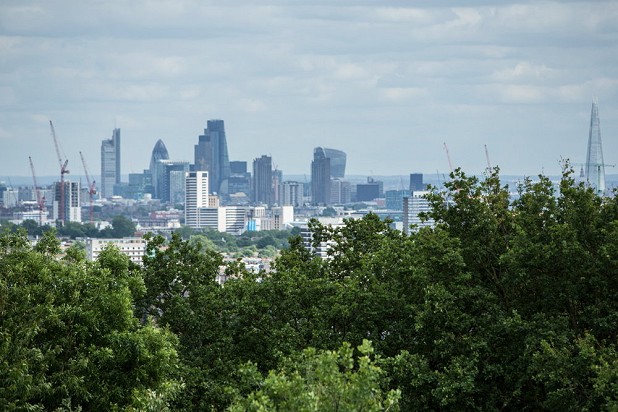
Make friends with a car owner
Living in central London, a car can be more hassle (and expense) than it's worth. But when you want to slip off to the hills at the drop of a hat there's no getting away from it - a vehicle gives you more freedom and convenience than any other mode of transport, hands down. If you don't own one then find a like minded soul who does. Alternatively consider chipping in with some mates to hire a car for the weekend. With a set of wheels, Wasdale, the Cheviots, mid Wales and all those other destinations far from the nearest railway - that's most of them really - are your oyster. Better still for those late night arrivals, though maybe not the fuel bills, is a van.
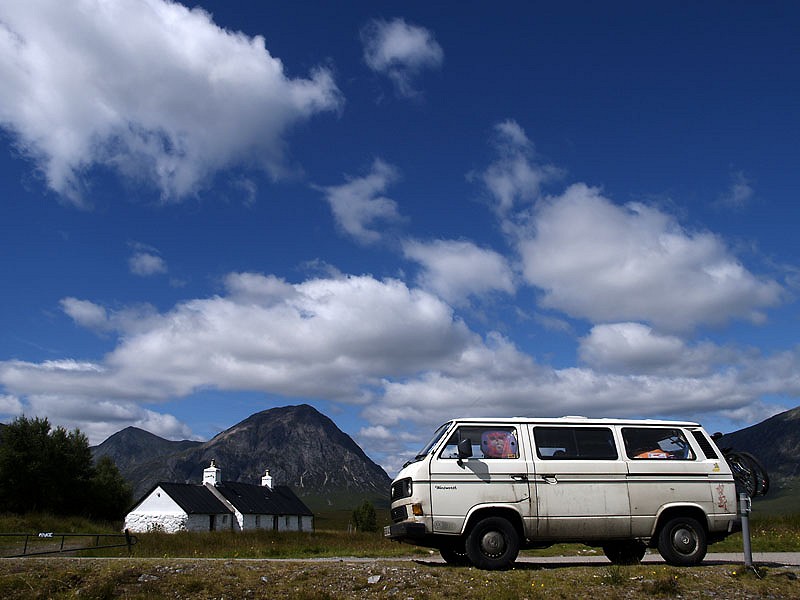
Do long weekends
In the week you may be an office drone, but at weekends you can shed all that baggage and run free on the hills. But Saturday and Sunday never seem quite long enough. Adding an extra day to your weekend can make all the difference to what can be achieved on long distance hill raids from London. With at least least two full days out to look forward to, far-flung locations suddenly seem that bit more attractive. Overnight mini backpacking routes become a viable proposition too. On a long weekend you might even get a final quick hill fix on the morning of your third day, before the journey home. If you're lucky you'll have a job with flexible hours - there's no better use for accrued Time Off in Lieu. But if the boss is less understanding? Surely that's what sickies are for.
Travel overnight
Travelling during the day is time you could be more profitably spending on the hill. To squeeze the most value out of the hours of daylight save them for walking in, and try to do most of your to-ing and fro-ing at night. The sleeper train to Scotland is one way to do this in style. What could be a more dramatic shift in perspective than falling asleep in Central London on the Friday night after work, and waking up on Saturday morning in the wilds of Rannoch Moor with nothing but mountains when you step off the platform? Less romantic, but just as effective, is the epic overnight drive. Duck out of work, fill a car full of kit and friends willing to take their turn behind the wheel, then hit the road north. Drive all night in shifts while the non-drivers catch some Zs - this does need a bit of common sense - and you could be gearing up at the foot of a remote Scottish Munro by dawn, raring to go if not hugely well rested. Then do it all again in reverse on the Sunday night, arriving back in the city in time for work on Monday morning. You might not be full of beans, but you're guaranteed to have had a more memorable weekend than most of your colleagues.
...Or at least arrive late
For less distant locations such as Snowdonia, the Brecon Beacons, the Yorkshire Dales or the Lakes it is realistic to plan on arriving late the same night you left. If you haven't pre-booked accommodation with an understanding B&B then what about sticking a tent in your bag and walking-in to a wild camp there and then? Next morning you'll start the day already deep in the hills; it's a great feeling.
Stay home (counties)
There may be nothing remotely mountainous within easy day tripping distance, but without a crazy commute you can still get a fix - of sorts - in the surprisingly nice countryside that laps up against London's fringes. To max out on hills and scenic impact try:
Winchelsea to Hastings - From the medieval port of Winchelsea, across the Romney Marsh to the sea at Pett, then up over clifftops of crumbling Weald sandstone through gorse and woodland to the seaside Old Town of Hastings, here's a route with plenty of variety. There's even a remote beach along the way (clothing optional - just so you're fore-warned). It's pretty hilly too, particularly around Fairlight Glen and Ecclesbourne Glen.
Ivinghoe Beacon - The Cairngorms this aint, but the rolling chalk downland of the Chiltern Hills has a gentle charm. At over 200m (hang onto your hats!) the steep little summit of Ivinghoe Beacon is a local landmark with far-reaching views, and forms part of an SSSI.
Beachy Head - A giant lump of chalk looming high over the English Channel, this is by far the most in-yer-face bit of geology in the Southeast. Here's what we said about it in a recent article on Britain's Best Coastal Walks: "This long route from Eastbourne to Seaford (or vice versa) follows the sharp-cut seaward edge of the rolling South Downs, crossing two iconic chunks of seaside scenery - the undulating clifftop of the Seven Sisters and Beachy Head, the highest chalk cliff in the country...Thanks to good public transport links between London and the coast, and a bus between Eastbourne and Seaford, this walk is easy to reach without a car."
Go long distance ...without going a long way
Bear with me, this does make sense. As a Londoner you've obviously got to travel far in order to enjoy the challenge of real mountains. But there's more than one way to push yourself on a walk, and though altitudes may be severely limited in the Southeast nothing stops you enjoying epic distances on foot. There are several classic long distance paths within easy range of the Metropolis:
The Ridgeway - Retracing a series of routes that have been trodden for millennia, this 140km-long trail follows the high ground through the bucolic Wiltshire and Berkshire Downs to the Chiltern hills. From ancient longbarrows and standing stones to iron age hill forts and the spectacular Uffington White Horse, the prehistoric origins of the path are evident all the way. Worth a few days of any walker's time.
South Downs Way - Winding 160km along the rolling chalk hills of the South Downs, London's closest National Park, this route shares superficial similarities with The Ridgeway. There's the idyllic English countryside, wide-skied downland views from hills like Devil's Dyke and Ditchling Beacon, and and an array of fascinating ancient sites; but in addition you've got a bit of seaside too.
Make the best of it within the M25
Think I'm kidding? Believe it or not London is one of the greenest major cities in the world, with 8 million trees and 3000 parks. There are even moves afoot to have it declared the world's first urban National Park (see this article on UKH and the campaign's website here). From the many canal towpaths to dedicated routes such as the 245km London LOOP and the 126km Capital Ring, walking options within the city limits are practically unlimited. How about a DIY journey across the diameter of London linking the biggest and best green spaces, from Richmond Park to Hampstead Heath, and beyond?
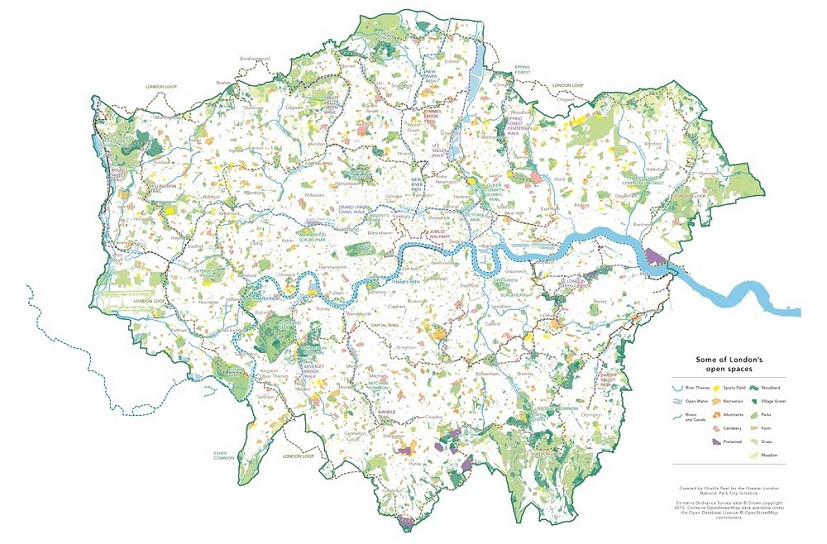
Join a club
Signing up for a club or walking group could transform your fortunes as a hill-going Londoner. An instant way to meet like-minded partners, and piggy back on the skills of more experienced walkers, it also gives you a ready made calendar of trips and can help take some of the hassle out of travel and accommodation logistics. And all for the modest price of the subscription. Perhaps consider joining a local Ramblers Group for organised group walks in London and further afield. Check out the BMC's registry of affiliated mountaineering and hillwalking clubs here too.
Take the stairs and walk where you can
When you feel trapped in town it can be hard to stay motivated enough to keep up your hill fitness. Running and the gym are obvious options, but you have to make a special effort for either and life often gets in the way. A simpler way to fit some low key exercise into a normal city day is just to walk everywhere. If you take the stairs instead of escalators and lifts, the ascent can soon clock up. And if you're only travelling a couple of stops then forget the tube and walk it overground instead. As well as stretching your legs you'll see more of the city that way, and hopefully that'll help remind you why you've chosen to live here in the first place.
By handy coincidence Transport for London have produced a version of the famous Underground map with walking times between all of central London's tube stations:
...one or two are possibly even quicker on foot than by tube!
'TfL's 2014 Transport Health Action Plan, which sets out how TfL helps improve the health of Londoners, found that only around 25 per cent of adults in London get all the physical activity they need from walking and cycling as part of their everyday travel' they explain.
'Whereas, as many as 60 per cent could be meeting this level of 150 minutes per week by adding a little more walking into their daily travel.'
'The new map is designed to highlight how close many stations in central London are to each other and to help encourage more Londoners to walk part of their daily journeys, improving health.'
Get online
Need more advice and inspiration? Check out the London Hiker website, whose stated aim is to 'help you get out of the city and onto the hills'. There's plenty of info here on how to access some of the UK's best walking destinations, all by public transport from London, and all within a weekend.
- INTERVIEW: Exmoor Coast Traverse - England's Best Kept Mountaineering Secret 10 Apr
- REVIEW: Rab Muon 50L Pack 9 Apr
- REVIEW: Boreal Saurus 2.0 22 Mar
- REVIEW: The Cairngorms & North-East Scotland 1 Mar
- REVIEW: Mountain Equipment Switch Pro Hooded Jacket and Switch Trousers 19 Feb
- Classic Winter - East Ridge of Beinn a' Chaorainn 12 Feb
- REVIEW: Salewa Ortles Ascent Mid GTX Boots 18 Jan
- REVIEW: Patagonia Super Free Alpine Jacket 7 Jan
- REVIEW: Deuter Fox - A Proper Trekking Pack For Kids 27 Dec, 2023
- My Favourite Map: Lochs, Rocks, and a Bad Bog 27 Nov, 2023




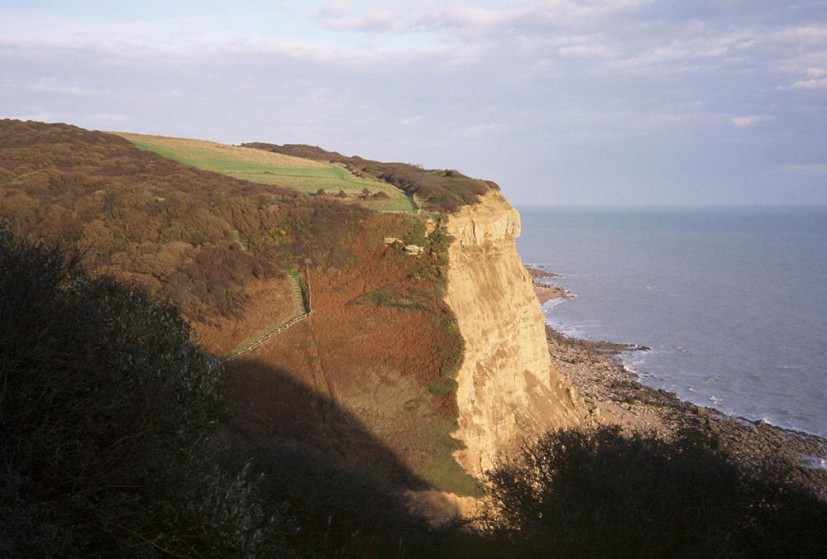

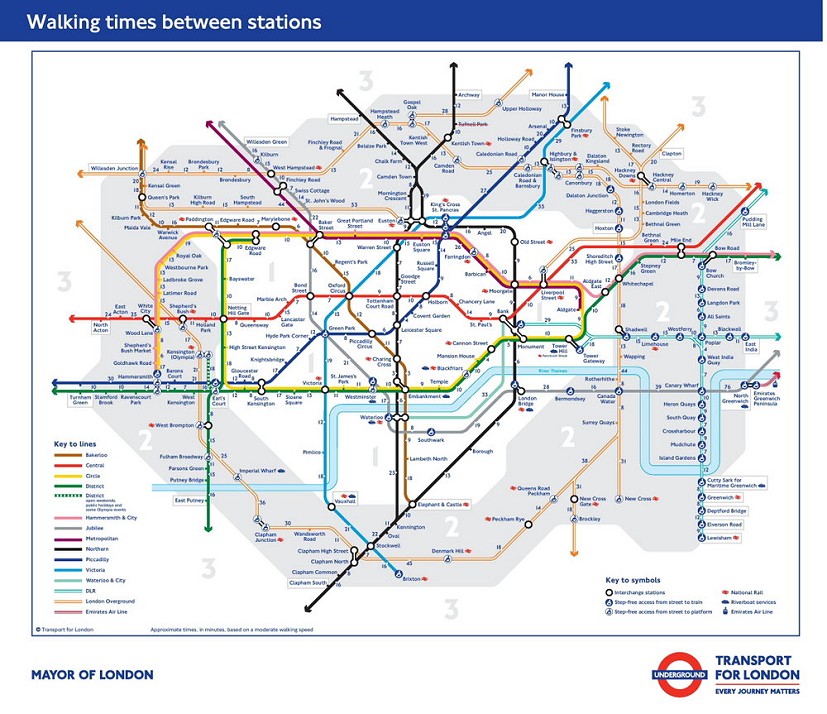

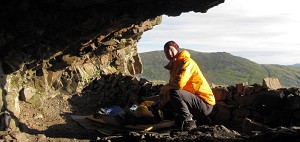

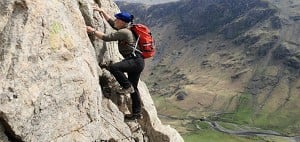





Comments